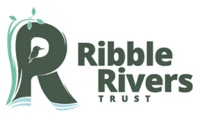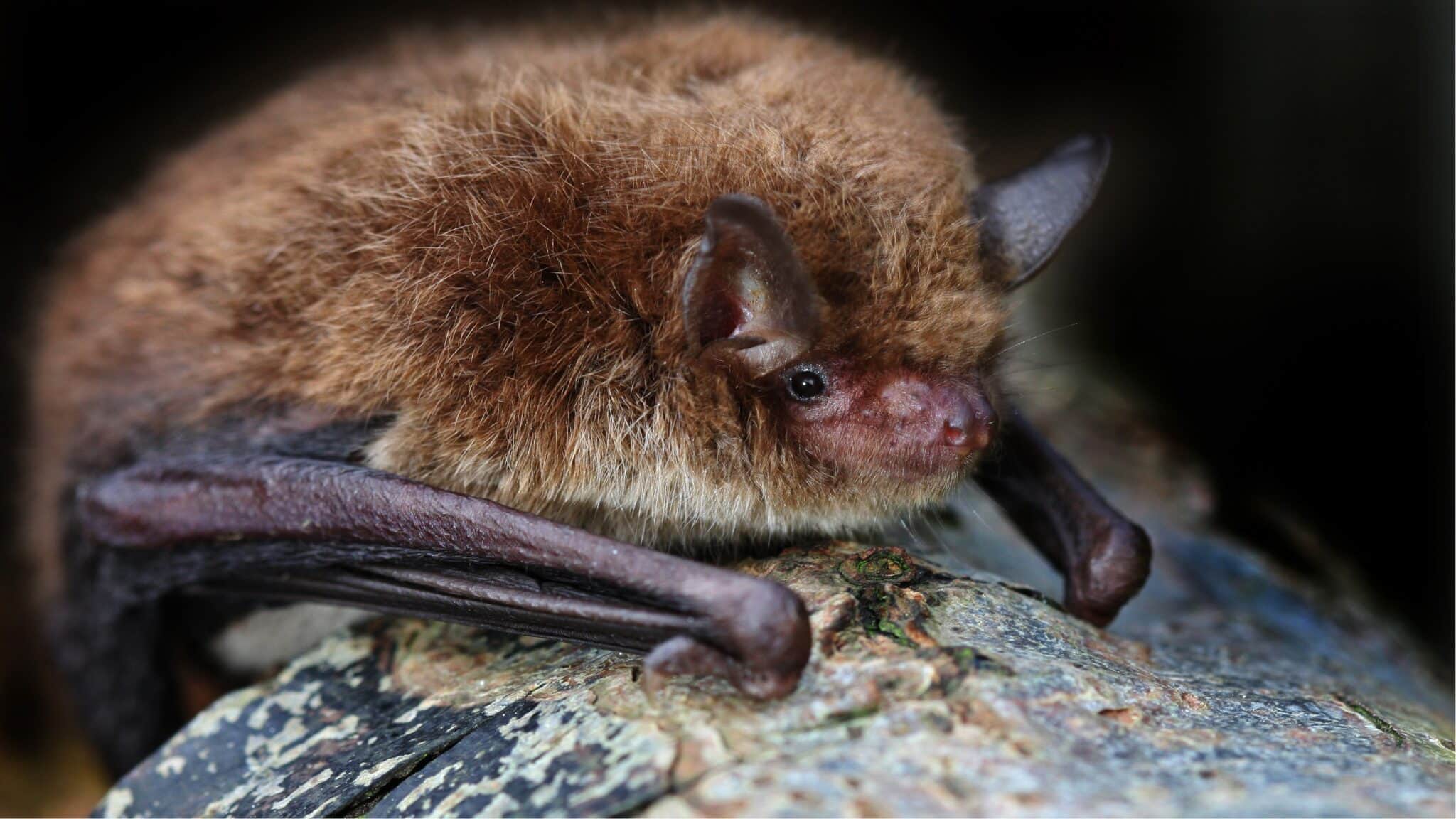
Bats In The UK: Hibernation, Native Species, And Bat Myth Busting
Bats are some of the most unique and iconic species that call the UK home. These amazing animals often have a spooky reputation. Could this have originated from tales of vampires? Or it could be because they’re nocturnal? Or perhaps even because of their looks? Either way, we love our native bats!
Hibernation explained

Depending on the weather most bats in the UK start to hibernate in late October to early November. Hibernation can last around 5 months, so you might not see another bat until May!
As they hibernate their heart rate drops to around 20 beats a minute, which is a huge contrast to their flying heart rate which can be as high as 1,000 beats per minute. After all, noctule bats can reach a speed of up to 30mph, and that super speed and agility needs a lot of power. Bats also lower their body temperature and metabolic rate during hibernation. Doing this means that they can live off the fat they have stored up, rather than having to rely on dwindling numbers of insects.
Delivering projects with schools and youth groups means we often make bat boxes like this one. This helps to create habitat for our native bats and introduces young people to these spectacular species.
In late autumn bats will start to look for their winter residences. Often, we think of bats living in caves, but they also roost in trees, old mines, abandoned or disused cellars, old barns, and tunnels. As they can’t build nests, they’ll simply look for a quiet, sheltered spot, where they can avoid dramatic temperature changes and the worst of the winter weather. In fact, bats can squeeze themselves into tiny gaps, and they’ll hibernate in any position.
Bat myth busting
Blood suckers: there are only three species of bat that drink blood-and none of these bats live in the UK! Plus, these species wouldn’t be interested in human blood anyway, as they’ve evolved to live on very niche diets.
Rabies: your likelihood of catching rabies from a bat (or any other animal in the UK) is slim to none. When a bat has rabies they cannot fly, so long as you do not touch a bat that is crawling on the floor, you cannot catch rabies from them. It’s worth noting that bats are a protected species, so you shouldn’t be handling them anyway.
Hair raisers: a common fear is that bats will get stuck in your hair. However, bats have an incredible ability to detect objects as thin as a human hair using their echolocation and they’re very agile: if they fly close to you, it’s because there are tiny insects flying around you that they want to eat!
are bats and rivers related?
At Ribble Rivers Trust, we care about bats because they are excellent indicators of the health of our river ecosystems. These nocturnal creatures rely on an abundance of invertebrates, which themselves rely on clean and healthy rivers. So, if we spot bats, we know our rivers are healthy enough to support a good volume of invertebrates. Bats also rely on riverside trees, which help them to navigate, but also help to prevent the invertebrates from straying too far from the water.
By protecting bat habitats and food sources, we support a whole range of wildlife though out Catchment Based Approach to river conservation. This not only helps the bats themselves but strengthens the entire river ecosystem, bringing benefits to wildlife and wider landscapes we all share.
Which bat species can I see?
It’s not too late to spot bats this year, but you’ll need to act quickly before they go into hibernation. The best time to spot them is at dusk, when they’re feeding. If you are lucky they might get very close to you if you stand still enough.
The good news is that bats love feeding near rivers. Tree-lined rivers provide ideal foraging habitat for bats, as lots of insects gather above the water, in the shelter provided by the trees. So bats use rivers as feeding spots, and as maps to move around the area.
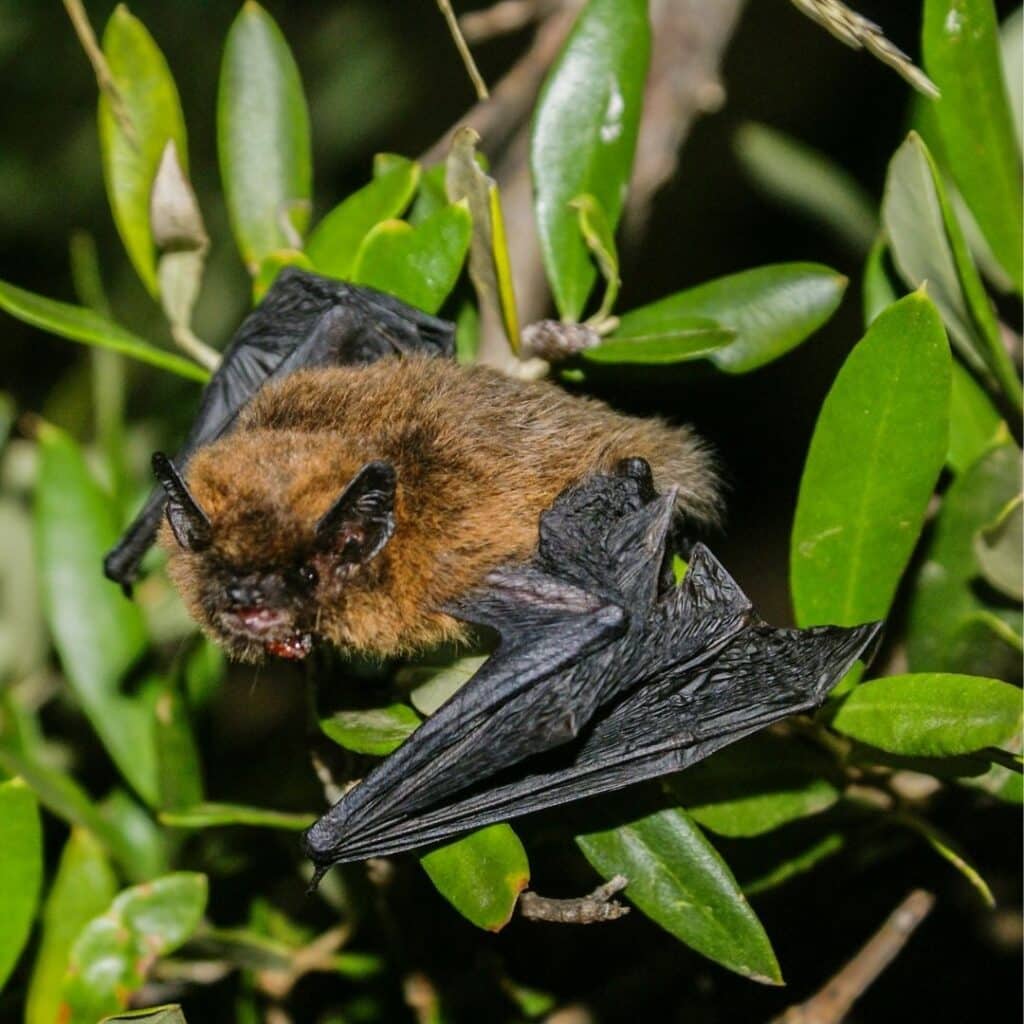
Common pipistrelle Pipistrellus pipistrellus
A small bat with brown fur, a black face, and black wings. You are likely to spot these in your garden, as well as near water.
Where to see them: water, woodland, farmland, grassland, urban areas
Diet: invertebrates
Roosts: buildings and tree holes
Brown long-eared Plecotus auratus
These are medium sized bats, but their ears make them very distinctive. In fact, their ears are almost as long as their bodies! These bats are a lighter brown with a pale underside. They can swoop very low to the ground and even land to eat larger prey.
Where to see them: parks, gardens, and woodlands
Diet: moths, beetles, spiders, earwigs, and flying insects
Roosts: trees and old buildings
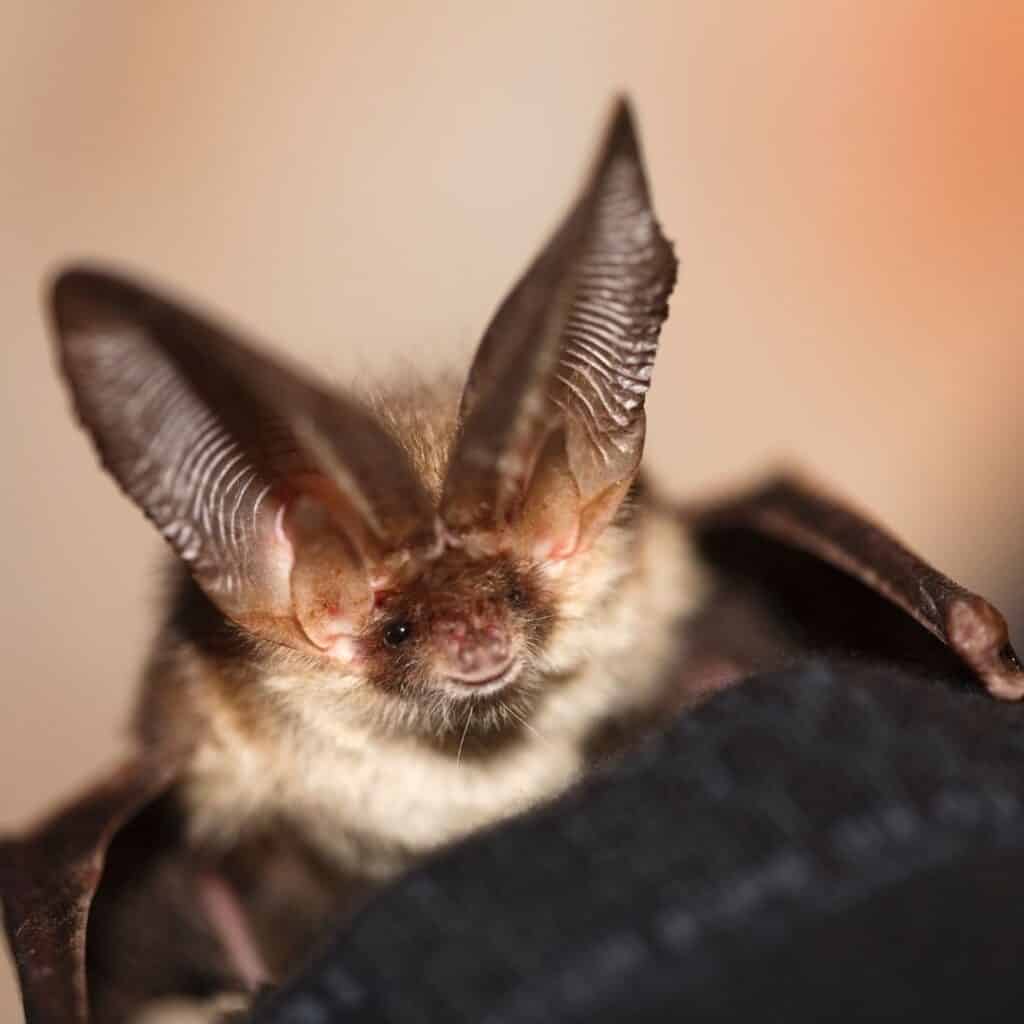
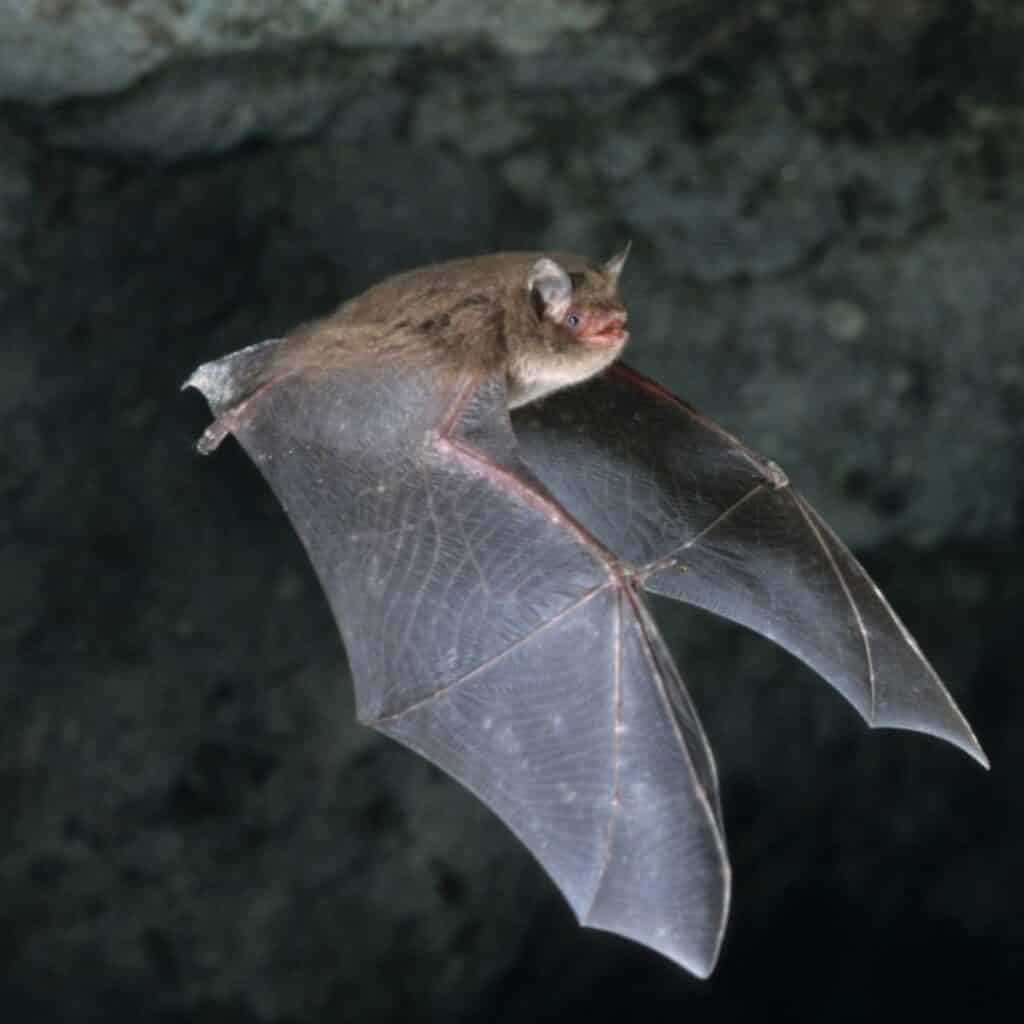
Daubenton’s Myotis daubentoniid
Daubenton’s bats are often spotted near rivers, swooping in search of insects like midges, mayflies, and caddisflies. This bat has a distinctive pink face and a brown body, black wings, and a pale belly.
Where to see them: woodland and grassland close to fresh water
Diet: invertebrates
Roosts: close to water, swooping under bridges, old mines or works, caves, or tree holes
Natterer’s Myotis nattereri
Natterer’s bats are medium-sized, with long ears, a pink face, and light grey brown fur. This bat hunts on the wing over water, but also forages for beetles and spiders which they catch directly from plants. Their slow flight makes them distinctive.
Where to see them: water, woodland broadleaved woodland, hedgerows and tree lines
Diet: midges, moths, and other flying insects
Roosts: old buildings, caves, and old mines
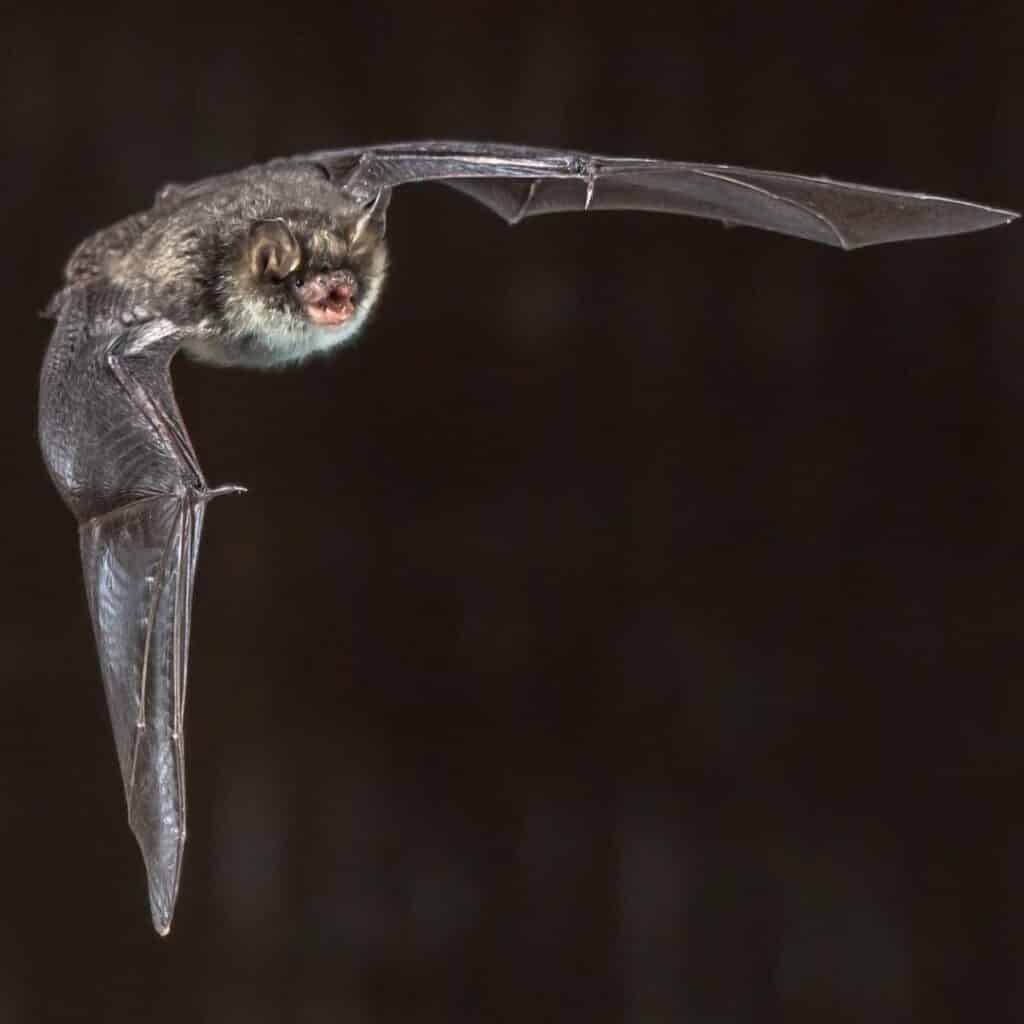
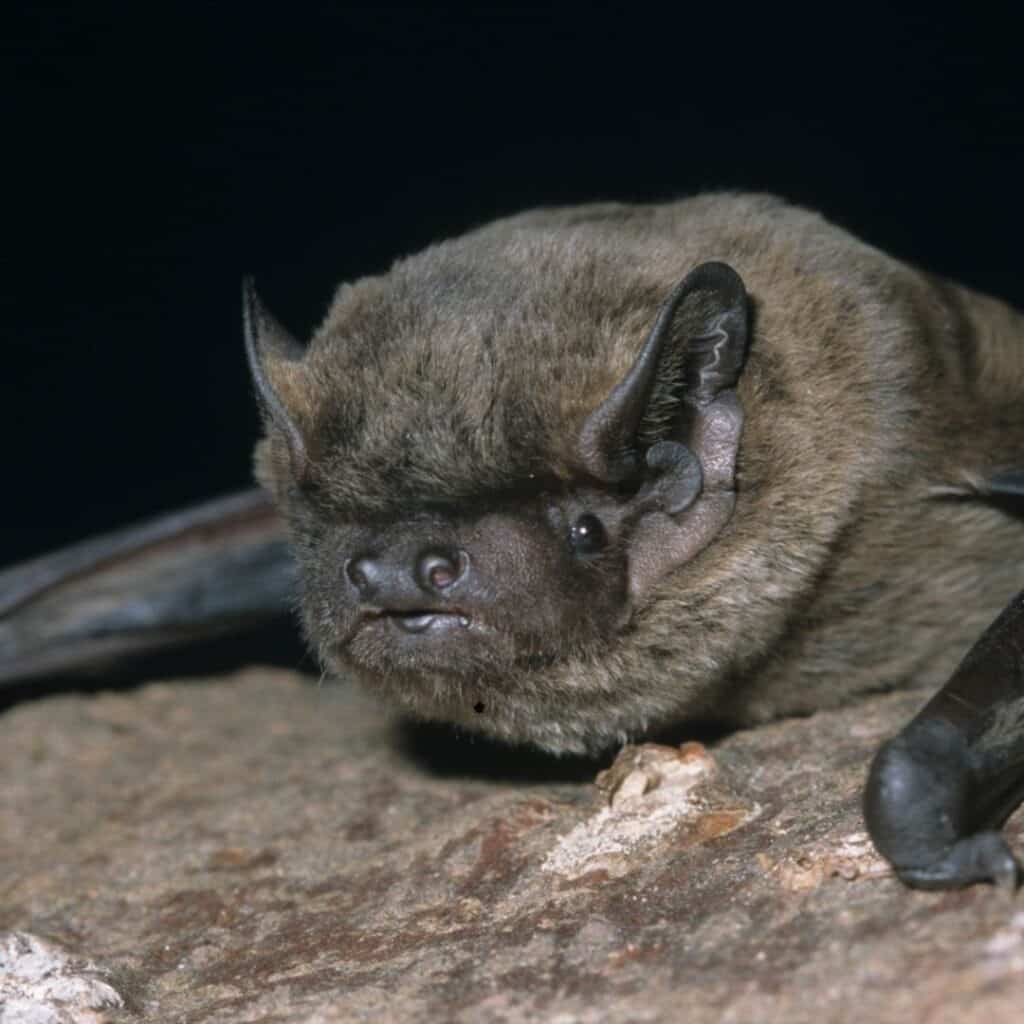
Noctule Nyctalus noctule
These high-flying bats are sometimes mistaken for birds as they are so large and they fly much higher than other bats. A bat watchers’ favourite, they can sometimes be heard chirping by those with good ears. This large bat is golden brown with a darker face and wings.
Where to see them: woodlands
Diet: beetles, midges, and moths
Roosts: rotten holes in trees
Become a wildlife Watcher
Ribble Rivers Trust are lucky enough to have some amazing Citizen Scientists who help us to monitor bat populations across the Ribble Catchment. If this is something you’d like to get involved with then check out our Citizen Science webpage for more information.

Rivers are at the heart of our local landscapes. Whether you’re casting a line, exploring a riverside trail, or simply basking in the beauty of nature, you can help protect these special places now, and for generations to come.
By becoming a Ribble Rivers Trust supporter for just £3 a month, you’ll be funding real, on-the-ground action.
Ready to make a difference? Learn more here: ribbletrust.org.uk/become-a-supporter
